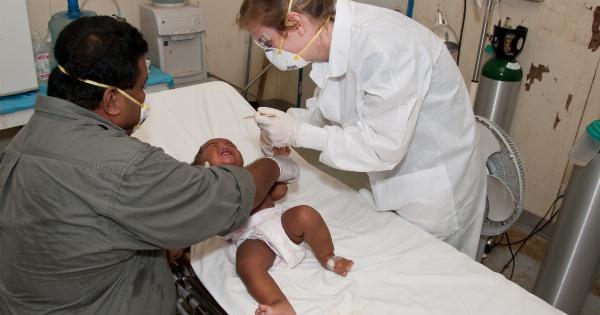The advancement of genetic science has been a game-changer for the healthcare industry.
Genetic science has enabled researchers to discover the human genome, which has opened up possibilities for creating better treatment plans for various diseases, including rare genetic disorders. With the advancement of genetic science, the future looks bright for healthy babies, and it could be possible for parents to eliminate inherited diseases before birth.
What is Genetic Science?
Genetic science is the study of genes, heredity, and genetic variation in living organisms. Genetic science looks at the structure, function, and behavior of genes.
The field of genetic science has the potential to revolutionize healthcare as it offers tools to allow doctors to diagnose illnesses better and offer personalized treatment plans.
The History of Genetic Science
Gregor Mendel, an Austrian monk, conducted research in the 1800s to determine how heredity works in plants. His research showed that each living organism has two genes for each trait, one inherited from each parent.
His experiments laid the foundation for the science of genetics.
The discovery of DNA by James Watson and Francis Crick in 1953 was a game-changer in the field of genetics.
They unveiled the structure of DNA, which allowed scientists to understand how DNA carries and passes genetic information from one generation to the next. The discovery of DNA made it possible for scientists to sequence the human genome, which was completed in 2003.
The Human Genome and Genetic Science
The human genome is a sequence of DNA that contains over 20,000 protein-coding genes. The sequencing of the human genome has revolutionized the study of genetics, and researchers are continually discovering the role of genes in various diseases.
The human genome project has helped scientists to understand the causes of inherited diseases.
The Future of Healthy Babies with Genetic Science
The future looks bright for healthy babies with the advancement of genetic science. Pre-implantation genetic diagnosis (PGD) has given parents the ability to select embryos that do not carry a particular genetic disorder.
PGD involves screening the embryo for genetic abnormalities before implantation to ensure that the child is born healthy.
The use of gene-editing tools, which allow scientists to edit a person’s DNA, is another possibility for creating healthy babies.
Gene editing tools, such as CRISPR, can be used to cut and paste DNA sequences, allowing scientists to remove or add genetic information. Gene editing technology has the potential to create healthy babies by correcting genetic defects before birth.
The use of gene therapy is another possibility for the future of healthy babies. Gene therapy involves the insertion of healthy genes into a patient’s cells to correct genetic mutations that cause diseases.
Gene therapy has shown success in treating rare genetic disorders like spinal muscular atrophy.
Challenges of Genetic Science
The advancement of genetic science has raised ethical and moral concerns. The use of gene-editing technology raises the possibility of creating “designer babies” or the creation of new classes of genetically modified humans.
The use of gene editing also raises the possibility of creating long-term, unintended consequences that could have implications for future generations.
Another challenge of genetic science is the potential for discrimination based on an individual’s genetics. Employers or insurance companies could discriminate against individuals based on their genetic predisposition to illness.
There is a need for laws to protect individuals from genetic discrimination.
Conclusion
The advancement of genetic science has opened up endless possibilities for the future of healthy babies.
Pre-implantation genetic diagnosis, gene-editing technology, and gene therapy all offer the potential to create healthier babies by eliminating genetic diseases before birth. However, the use of genetic technology brings challenges and ethical concerns that need to be addressed.


























